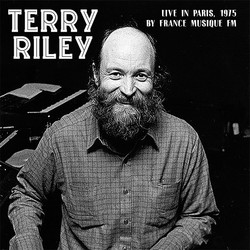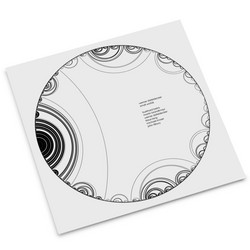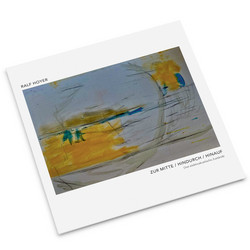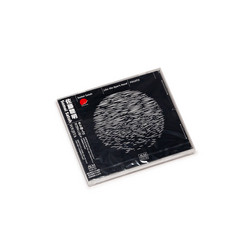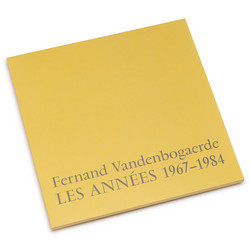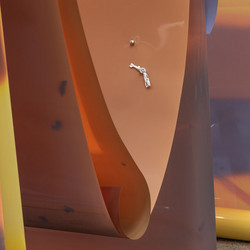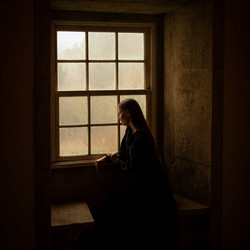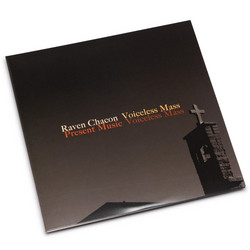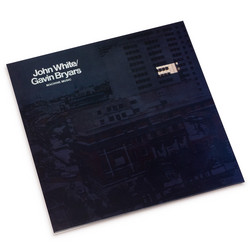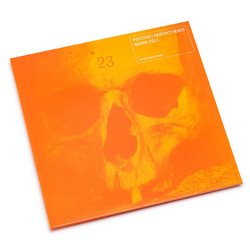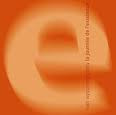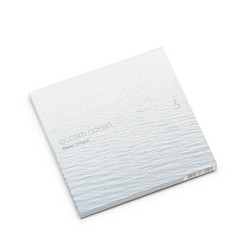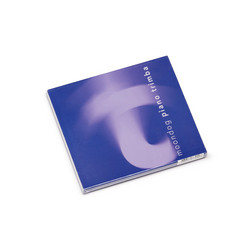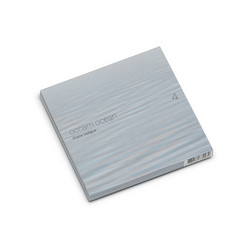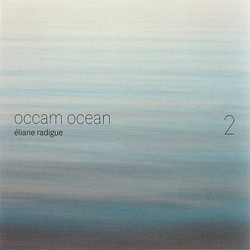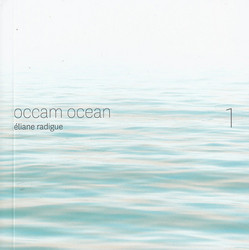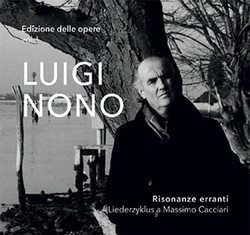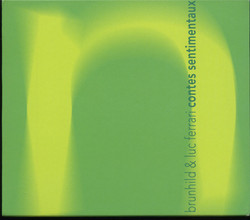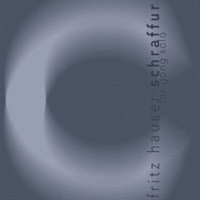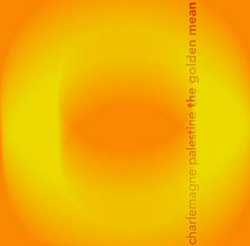Works for 2 and 4 pianos tuned a 1/4 tone apart, ondes Martenot and cello. Ivan Wyschnegradsky, “4e Fragment symphonique op.38c” for ondes Martenot and 4 pianos (1956), “Ainsi parlait Zarathoustra op.17” for 4 pianos (1930/1936). World premiere recording. “Méditation sur deux thèmes de la Journée de l’Existence op.7” for cello and piano 1/2 ton (1918/1976).
Alain Moëne, “De l’ange for 2 pianos” (2015). First performance. Alain Bancquart, “Racines for 4 pianos” (2014). First performance.
.
‘I could have been a poet, a philosopher or a musician. I chose music: I am therefore a composer.’ These words by Ivan Wyschnegradsky give an idea of the commitment of his life, his culture and generosity of spirit. For him, a work (regardless of its form or instrumentation) first had its origin in the musical consciousness before manifesting itself in a musical space.
Ivan Wyschnegradsky was born into a highly cultivated Saint Petersburg family on 4 May 1893. At the age of 17, he studied harmony, composition and orchestration with Nikolai Sokolov, a professor at the Conservatory and himself a student of Rimsky-Korsakov’s. However, the person who truly marked his work, the one he considered his spiritual master, was Alexander Scriabin. His youth was bathed in the warm atmosphere of Saint Petersburg, where the Symbolism of the turn of the century reigned, and he was impassioned by Nietzsche and Wagner, and the discovery of Vedantic hymns, theosophy and speculations on the fourth dimension. This was a world open to all avant-garde trends, whether Futurist or Constructivist.
In November 1916, he was deeply moved by an experience that he could barely articulate: ‘I saw the great light in full day’. Henceforth he assigned a goal to his composing work: ‘creating a work capable of awakening in every man the slumbering forces of cosmic consciousness’. This work would be La Journée de l’Existence, a grandiose poem for narrator and symphony orchestra, written during the feverish months of 1916 and 1917. It would be the source of all his later work but was not performed until 1978, 60 years later in Paris, in his presence. This was certainly one of the musical events of the late 20th century.
This composition put the young Ivan Wyschnegradsky face to face with another obvious and equally unsettling fact: music can tend towards cosmic consciousness only by blending into the sound continuum. What does that mean? Breaking with the traditional system of intervals to achieve a sound space where increasingly tight intervals tend towards an unlimited density. To give life to this music, he conceived a sound universe in micro-intervals (intervals smaller than the chromatic semitone): in quarter-tones, then in thirds, sixths and twelfths of a tone. The young composer then set himself a new task, that of establishing the philosophical and theoretical foundations of the continuum and of micro-intervals (ultrachromaticism).
He first wanted to hear these sounds that were unheard of, in the literal sense of the word. In November 1918, he brought together two upright pianos and had one tuned a quarter-tone above the other. Playing with each hand on a keyboard, he discovered and explored a new sound universe. In the course of exalted weeks, he composed his first works in quarter-tones.
